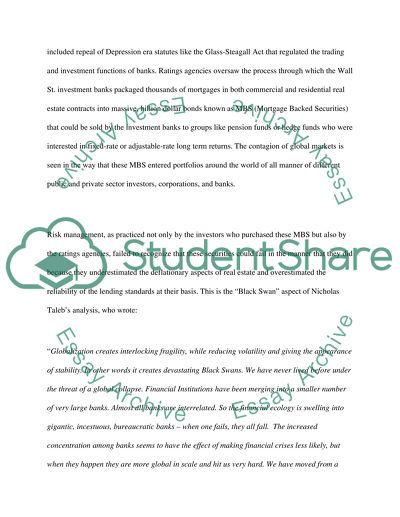Cite this document
(“(a) How successful have the American Government and the U.S. Federal Essay”, n.d.)
Retrieved from https://studentshare.org/environmental-studies/1415748-a-how-successful-have-the-american-government-and
Retrieved from https://studentshare.org/environmental-studies/1415748-a-how-successful-have-the-american-government-and
((a) How Successful Have the American Government and the U.S. Federal Essay)
https://studentshare.org/environmental-studies/1415748-a-how-successful-have-the-american-government-and.
https://studentshare.org/environmental-studies/1415748-a-how-successful-have-the-american-government-and.
“(a) How Successful Have the American Government and the U.S. Federal Essay”, n.d. https://studentshare.org/environmental-studies/1415748-a-how-successful-have-the-american-government-and.


